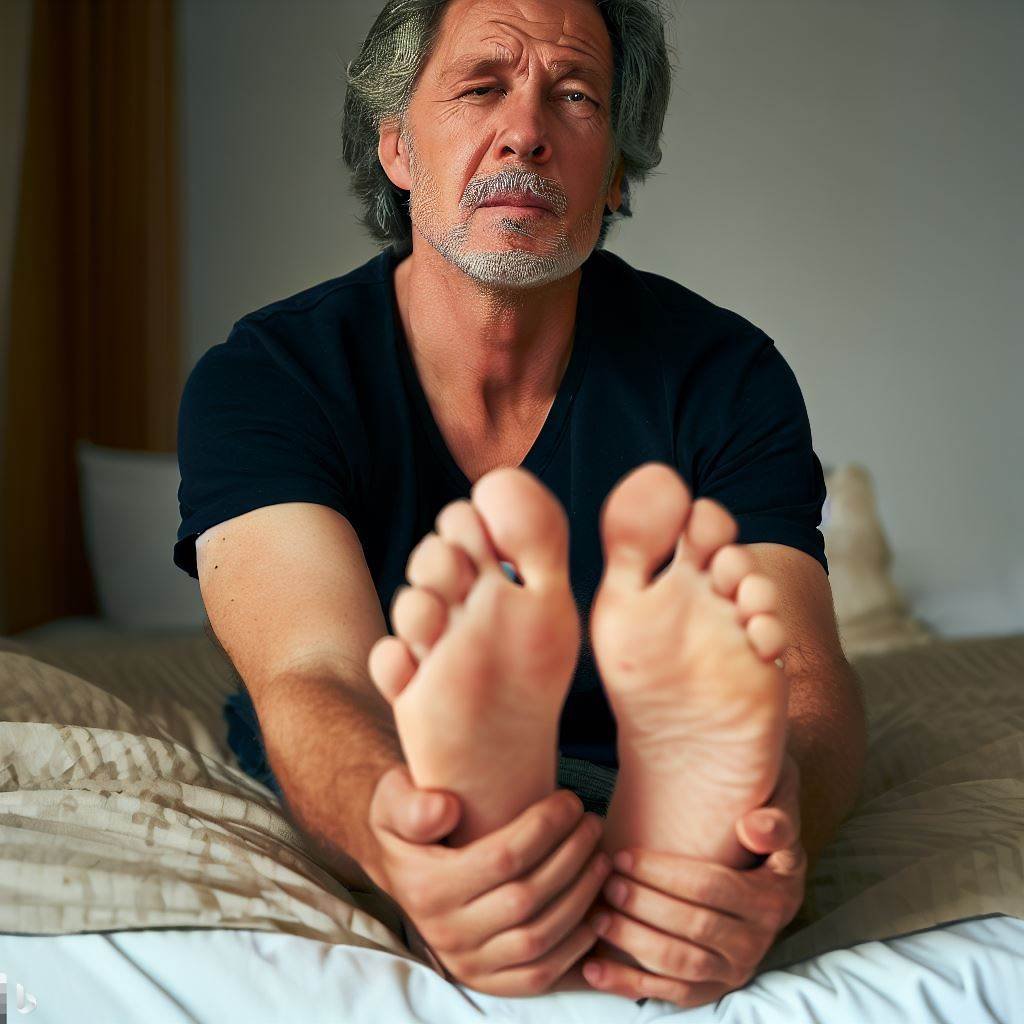More than half of us sit for more than six hours a day, and the effects go beyond what we imagine. In addition to contributing to the dreaded expansion of the rear, sitting all day can have short- and long-term effects on our health and body, turning this seemingly harmless activity into something potentially lethal.

Here are some of the devastating impacts of sitting all day:
- Weak muscles and weakened glutes: If you don’t use them, you end up losing them! Sitting all day means that you are not relying on the powerful muscles of the lower body to support yourself. This leads to muscle atrophy, the weakening of these muscles. Without strong muscles in the legs and glutes to stabilize the body, you are at risk of injury.
- Weight gain: Movement causes your muscles to release molecules such as lipoprotein lipase, which helps to process the fat and sugar you eat. When you spend most of the day sitting, the release of these molecules is reduced and your butt is at greater risk of increasing, according to research. You also have an increased risk of metabolic syndrome, even if you exercise. A study found that men who spent more time sitting than usual gained more weight around the middle, which is the most dangerous place to store fat.
- Tight hips and poor posture: Just like the muscles in the legs and glutes, your hips and back also suffer from sitting time. Sitting causes your hip flexors to shorten, and your sitting position can also harm your back, especially if you have poor posture or do not use an ergonomic chair. In addition, poor posture while sitting can cause compression on the discs of the spine and lead to premature degeneration, resulting in chronic pain.
- Anxiety and depression: Less understood than some of the physical effects of sitting, are the mental effects. But the risk of anxiety and depression is higher in people who spend most of their time sitting. This may happen because the mental health benefits of physical activity are reduced when you spend the day sitting instead of moving around. If this is the case, these risks can be mitigated with regular exercise.
- Increased risk of cancer: Emerging studies suggest that sitting for long periods of time may increase the risk of certain types of cancer, including lung, uterine, and colorectal cancer. The reasons for this are still not fully understood.
- Heart disease: Sedentary behavior can damage your heart, potentially leading to cardiovascular disease. A study found that men who spent more than 23 hours per week watching television had a 64% increased risk of dying from cardiovascular disease than men who watched television for only 11 hours. Experts say that people who spend more time sitting have a 147% increased risk of suffering a heart attack or stroke.
- Increased risk of diabetes: People who spend more time sitting also have an increased risk of 112% of developing diabetes. In a study that analyzed the effects of just five days of bed rest, researchers observed an increase in insulin resistance, a precursor to diabetes.
- Varicose veins: Sitting for long periods of time can cause a buildup of blood in the legs. This can lead to the appearance of varicose veins or spider veins, a smaller version of varicose veins. Although they are not usually harmful, these swollen and visible veins can be unsightly. In rare cases, they can lead to more serious conditions, such as blood clots.
- Deep vein thrombosis (DVT): Deep vein thrombosis is a type of blood clot that is more common in the legs. When part of this clot breaks off, it can block the flow of blood to other parts of the body, such as the lungs, causing a pulmonary embolism. This is a medical emergency that can lead to serious complications or even death. Sitting for too long, even on a long car ride, can cause DVT.
- Stiff shoulders and neck: Just like your legs, glutes, and lower back, your shoulders and neck also suffer from prolonged sitting time. This is especially true if you are hunched over looking at a computer screen.
So what can you do to reduce your time sitting?
Here are a few tips:
- Get up and move around every 20-30 minutes. This is the most important thing you can do to reduce the negative effects of sitting. Get up and move around, even if it’s just for a few minutes. Stand up and walk around, do some stretches, or climb some stairs.
- Take the stairs instead of the elevator. This is a small change that can make a big difference. Instead of taking the elevator, take the stairs. This will help you get some exercise and reduce your time sitting.




